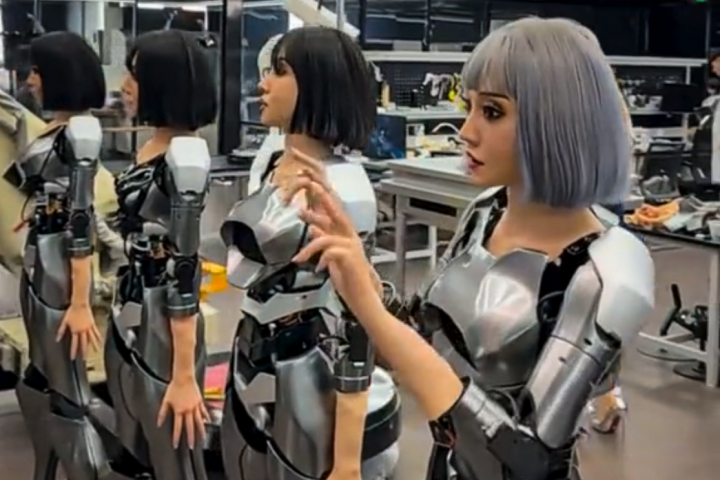DARPA has announced aprogram aimed at developing a cutting edge neural implant capable offorming a communication bridge between a human brain and electronic devices. It is hoped that technology developed underthe Neural Engineering System Design program will have a wide rangeof applications in research and healthcare.
While modern computingcontinues to develop at a staggering pace, we're yet to develop asystem that's truly capable of interfacing with the complexities ofthe human brain. DARPA's new program aims to improve things,dramatically enhancing the capabilities of neurotechnology.
"Today's bestbrain-computer interface systems are like two supercomputers tryingto talk to each other using an old 300-baud modem," said PhillipAlvelda, manager of the NESD program. "Imagine what will becomepossible when we upgrade our tools to really open the channel betweenthe human brain and modern electronics."
Neural interfacescurrently employed in research programs compress vast amounts ofinformation through 100 channels, each of which receives sensoryinformation sent from tens of thousands of neurons. Unsurprisingly,this doesn't lead to the best results, with readings regularly comingthrough inaccurate and noisy.
DARPA envisions thenext generation of the technology to be far more precise, leading theway with an implantable neural interface system with the capacity toconnect and receive data from any one of up to a million neurons, allwhile measuring no more than one cubic centimeter in size.
The challenges faced bythe program, both in terms of research and complexity in hardwaredesign, are phenomenal. According to the agency, in order to achieve its goals, significant breakthroughs will have to be made in a widerange of scientific fields, from synthetic biology to neuroscienceand low-power electronics. NESD researchers will work to develop complex,novel techniques designed to transcode the electrochemicalsignals transmitted by neurons in the brain, and present the datawith the highest possible fidelity.
If the program doesprove successful, then there will be a wide array of potentialapplications, from opening up new avenues in neurotechnology,utilizing the sensory data collected by the implant to significantlyimprove a patient's sight or hearing, and new treatmentoptions for therapy patients.
Source: DARPA




